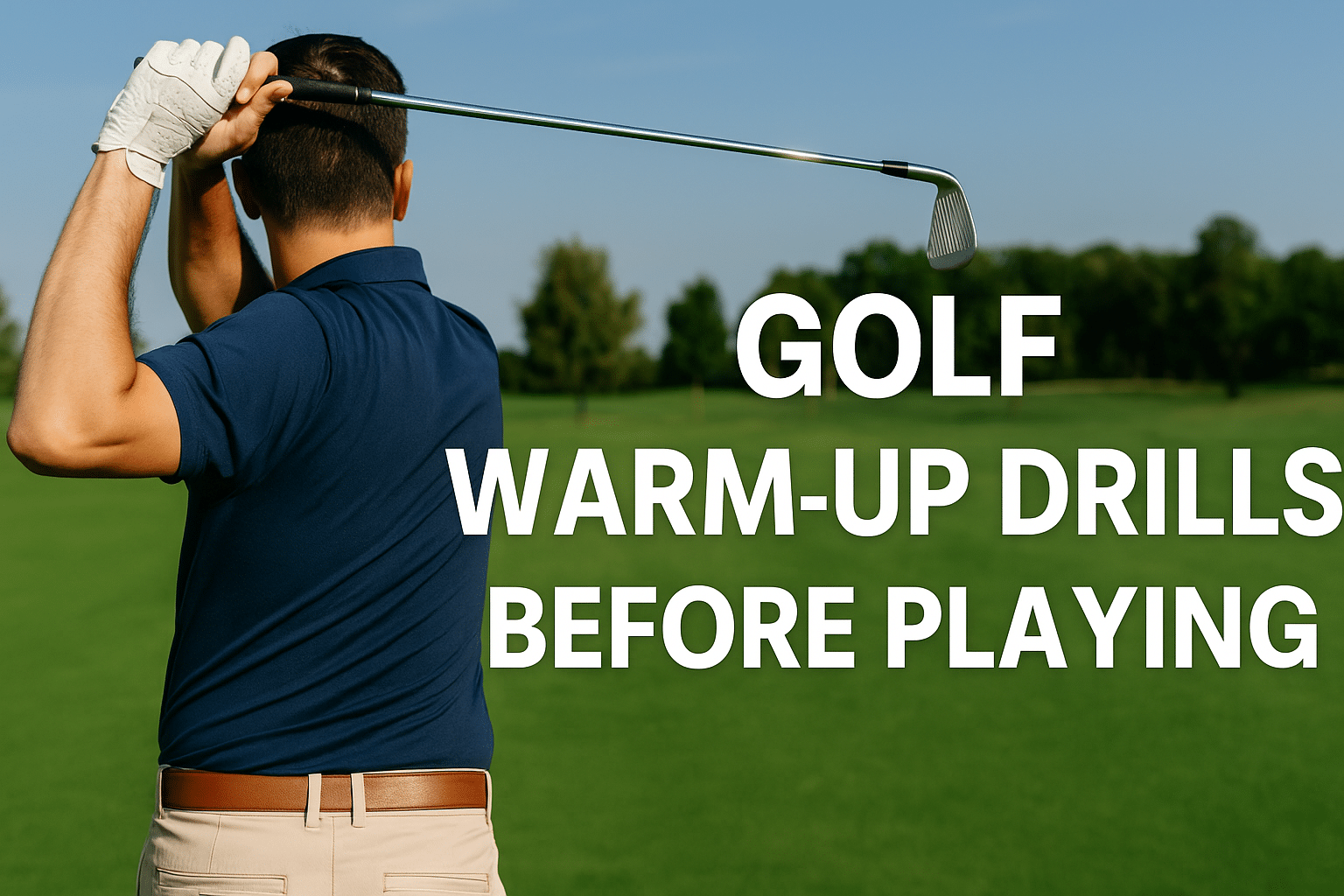Best Range Finders for Golf: Precise Readings
Discover the best range finders for golf in 2025. Compare top picks, features, and prices to improve your game with accurate distance readings. Best Range Finders for Golf: Top Picks for Your Next Adventure Golf range finders have become must-have gadgets for golfers looking to improve their game. These handy devices provide accurate yardages at the push of a button, helping players choose the right club and gauge distances with confidence. In fact, they are extremely popular even among professionals – a recent survey found that more than half of PGA Tour and LPGA players carry a Bushnell rangefinder during practice rounds golf.com. Whether you’re a beginner or a seasoned golfer, a quality range finder can speed up play and boost your accuracy. In this guide, we’ll break down what golf range finders are, how to pick the right one, and review the top 5 best range finders for golf in 2025. We’ll also point you to places in the U.S. where you can try or buy them and share some related golfing tips from Green Golfing Genius. Let’s tee off! What Is a Golf Range Finder? A golf range finder (also called a distance measuring device) is a tool that tells you the exact distance to your target on the golf course, usually the flagstick. Most modern range finders use laser technology: you simply point the handheld device at the flag and press a button, and it will “zap” the target and calculate how far away it is. This eliminates the need to pace off yardages or rely on sprinkler head markers. According to the PGA Tour, rangefinders allow players to immediately determine the distance between the ball and the hole, speeding up decision-making and play pgatour.com. Some range finders use GPS or a hybrid of laser + GPS to give course layout info as well. With a range finder, you can get distances to flags, hazards, or layup points in seconds. Many models provide a “flag lock” feature that confirms when you’ve locked onto the pin (often with a vibration or visual cue). Advanced units even account for slope (elevation changes) to adjust the yardage – though keep in mind slope-adjusted distance is not legal in official tournaments and must be disabled in competition. Range finders have become so common in recreational golf. This range finders even pro tours have tested allowing them to improve pace of play pgatour.com. In short, a golf range finder is like having a personal caddie’s yardage book in your pocket, helping you trust your number and swing freely. How to Choose the Right Range Finder Not all range finders are created equal. Here are some key factors and features to consider when choosing the right one for your needs: Accuracy and Range Check the device’s maximum range and margin of error. Most good laser rangefinders can measure up to 400–1000 yards with accuracy within a yard. For golf, you typically only need up to 300 yards, but more range can be useful for scanning hazards. Top models like Bushnell or Garmin are known for pinpoint accuracy (often within 1 yard). Slope Function Decide if you want a range finder with slope adjustment. This feature calculates distance factoring in uphill or downhill elevation – for example, a 150-yard shot uphill might “play like” 160 yards. Slope can be very helpful for practice rounds and casual play. However, since slope mode is illegal in tournament play (it must be turned off in competitions), you might not need it if you only play in strict tournaments golfdigest.com. Many models have a switch to disable slope for tournament legality. Answering whether you need slope will help narrow your options golfdigest.com. Stabilization and Optics If you have shaky hands or often play in windy conditions, look for a range finder with stabilization technology. For instance, the Nikon COOLSHOT Pro II uses image stabilization to help lock onto the target even if you struggle to hold the device steady mygolfspy.com. Good optics (high-quality lenses, 5x or 6x magnification, and clear display) are important so you can easily find the flag. Bright displays are a plus – some devices even automatically adjust red/black text for best contrast in different lighting amazon.com. Size and Weight Consider the form factor. Some rangefinders are ultra-compact, while others are bulkier. If you walk and carry your bag, a lighter, pocket-sized unit might be preferable for ease of use golfdigest.com. Even a few ounces can make a difference when you’re reaching for it every hole. That said, most golf laser rangefinders are designed to be handheld comfortably. Ease of Use and Features Think about features that matter to you. Do you want quick yardage readings and nothing fancy, or do you like tech extras? Advanced rangefinders like the Garmin Approach series provide a “virtual caddie” experience with hole maps, hazard info, and even wind data. Others, like Precision Pro or Blue Tees models, focus on simplicity: point, click, get distance. Features like flag lock vibration (device buzzes when it locks onto the pin), continuous scan (scans multiple targets as you pan), and magnetic mounts (to attach to a golf cart frame) can all add convenience. Some premium devices also connect to smartphone apps or come with GPS capabilities. Battery and Durability Most laser units use a CR2 lithium battery, which can last many rounds. Some newer rangefinders (e.g., Blue Tees Series 3 Max) have built-in rechargeable batteries. Make sure the battery life is sufficient or carry a spare. Also, consider build quality – a water-resistant or rain-proof range finder is useful if you play in all weather. Robust construction means it can survive the occasional drop or jostle in your bag. Warranty and customer service reputation (e.g., companies like Bushnell and Precision Pro are known for good support) might be worth checking too. Budget Prices for golf range finders range widely, from under $100 for basic models to $600+ for feature-packed premium ones. Higher cost usually brings better optics and more bells and
Best Range Finders for Golf: Precise Readings Read More »



